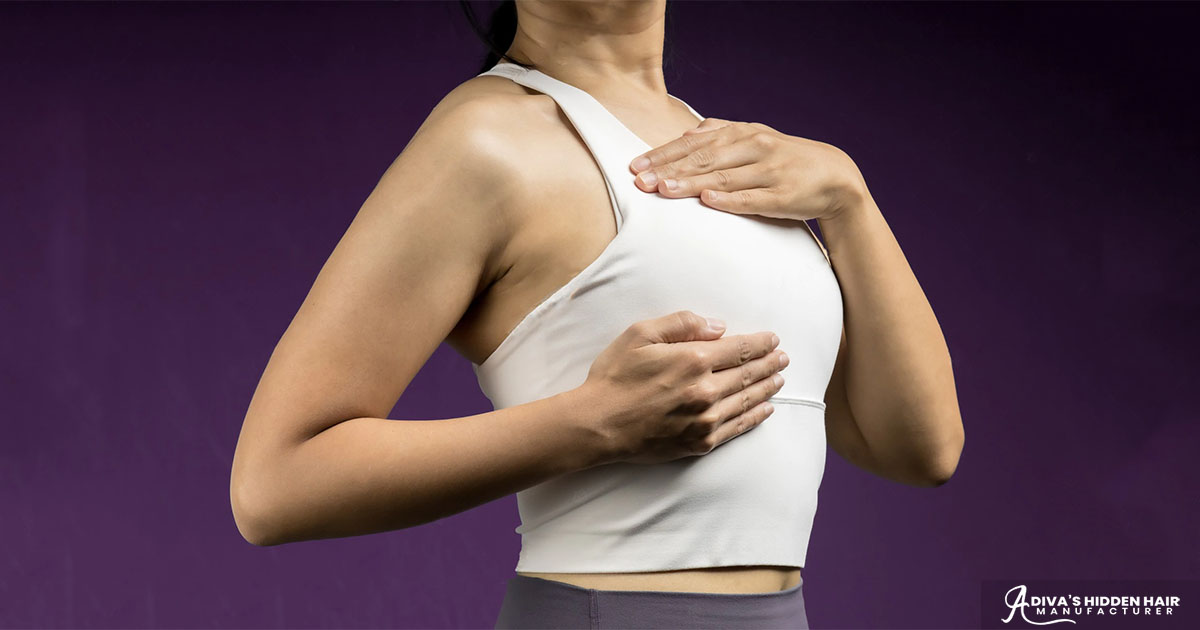
At-home self-exams for women are helpful in keeping your health on track. Not only that, but they could also save your life. Exams with your doctor such as gynecological or physical, only happen once per year. But there’s plenty you can be doing on your own to keep you health on target.
All it takes is an effort of prevention along with eating a sensible diet and exercise. Of course, there are a few common sense habits you should adhere to. For example, getting enough sleep and not smoking.
When it comes to diseases like diabetes, cancer, and heart disease, you’re better off seeing the early signs. And that’s true whether you’re merely at risk, or already in the early stages of the disease.
Self-Exams For Women
Here are some simple self-exams for women you can do from the comfort of your own home. Practicing these easy checks will give you a heads-up when to see a doctor.
1. Breast (self-check once per month)
While officially, women no longer have to do monthly self-exams, you should still care for yourself. Being familiar with your breast will help you identify abnormalities. For instances, noticing swelling, pain, redness, puckering, or dimpling, as well as other changes.
Staying current with screening tests like mammograms is also highly recommended.
2. Skin (monthly)
Skin cancer is not only easy to see. And it’s also one of the most common types of cancers in the U.S. Consequently, you could save your own life just buy performing regular skin self-checks. Unlike other types of cancers, skin cancer can be cured if caught early. While most people, including men can benefit from self-checks, they are particularly important for some people. For example, people who have had a previous cancerous or precancerous lesion. Those who have multiple moles, red hair, or are fair-skinned.
To perform this self-check use a hand-held mirror or full-length. Since it’s difficult to see your backside completely, ask a family member to help you check your body. Even the areas that aren’t regularly exposed to the sun should be checked.
3. Waist Circumference (every 2 to 4 months)
Although body mass index is important. And we all like to see those low numbers on the scale. But your waistline is a good gauge of your health and future health risks. This is because too much belly fat puts you at risk for diabetes, stroke, and heart disease.
During self-exams for women, if your waist size is way bigger than 35 inches, consider exercising. Of course, you will also need to change your eating habits.
4. Pulse (once a month)
Heart rhythm abnormality, overactive thyroid, and partial fibrillation are signs of too fast heart rate. They could also be signs of other heart issues. To monitor your heart rate, you don’t really need any fancy technology. Instead, just place third finger and index on the side of your wrist or neck. Then count the number of beats in 15 seconds. Next, multiple that by 4 and it gives you your heart rate.
A resting rate between 60 and 100 is normal. If it’s high like 120, then that’s definitely not normal.
5. Gums (daily)
Gum disease has been linked to diabetes, stroke, and heart disease. In fact, it can be a serious problem for adults. When you brush and floss your teeth, check for:
- Bleeding gums
- Formation of pockets between gums and teeth
- Persistent bad taste in mouth or bad breath
- Receding gums
- Shifting or loose teeth
These may be signs of gingivitis or periodontitis. Gingivitis can be reversed and the progression of gum disease halted through proper plaque control. So, catching it in this early stage is a real plus.
At A Diva’s Hidden Hair, Louticia doesn’t just care about your hair, she also cares about YOU; the whole person.




